In The Field with EPA: EPA Networking Program Leads to Eelgrass Sampling in New Jersey
Published September 17, 2024
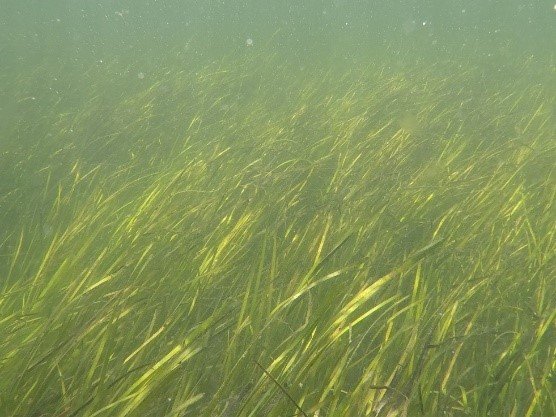
Eelgrass meadows, the dominant seagrass species in the northeastern United States, provide food and habitat for countless organisms, as well as erosion control and many other benefits to humans and the ecosystem. As the world increasingly focuses on strategies to reduce atmospheric carbon dioxide, seagrass is also being recognized as a powerful carbon storage system. To conserve this important resource, it is necessary to understand the viability of the plants for restoration.
Jim Kaldy from EPA’s Office of Research and Development, Cayla Sullivan from EPA Region 2, Della Campbell from New York State’s Department of Environmental Conservation (NYSDEC), and Nina Colagiovanni from New Jersey’s Department of Environmental Protection (NJ DEP) have been working to explore restoring and protecting eelgrass. Specifically, their efforts to better understand eelgrass meadow reproduction lays the groundwork for future regional science work on donor meadows for seed-based restoration projects.
The collaborative research team met at EPA’s 2023 Regional-ORD Community of Science Networking Program (ROCS-Net), an event that provides an opportunity for EPA regional staff, as well as individuals from states and Tribes to learn more about EPA’s Office of Research and Development (ORD). Participants visit an EPA research facility to explore collaborative research opportunities and discuss science priorities with EPA researchers. The event includes overviews of EPA research programs, meetings with laboratory scientists, facility tours, research demonstrations and information sharing sessions between participants.
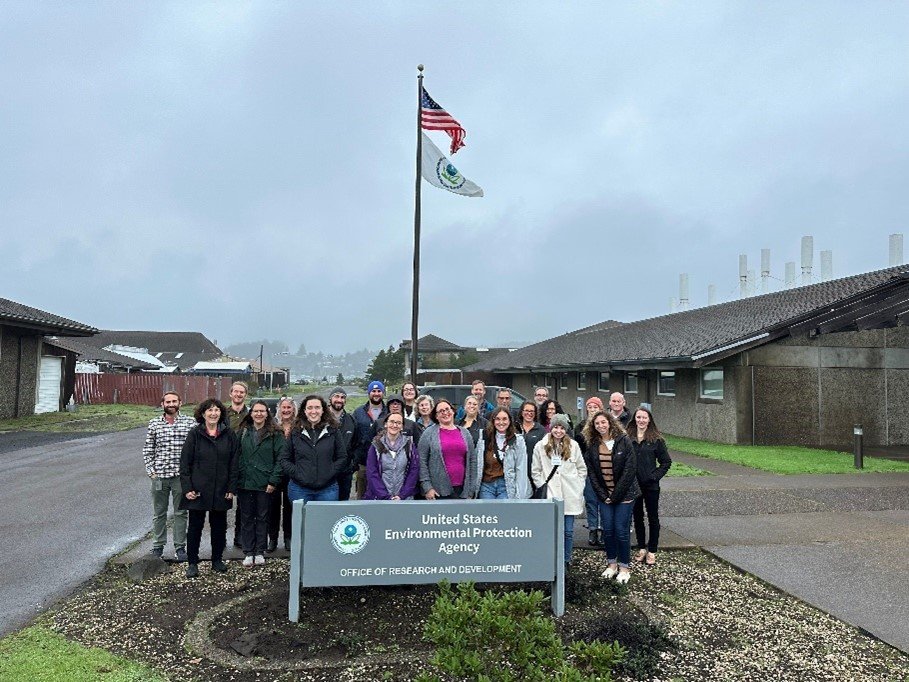
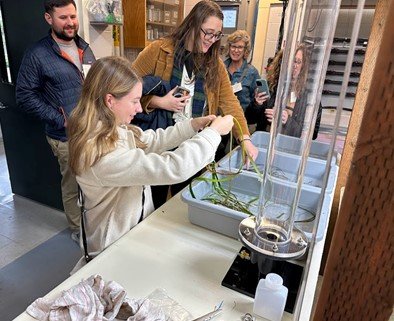
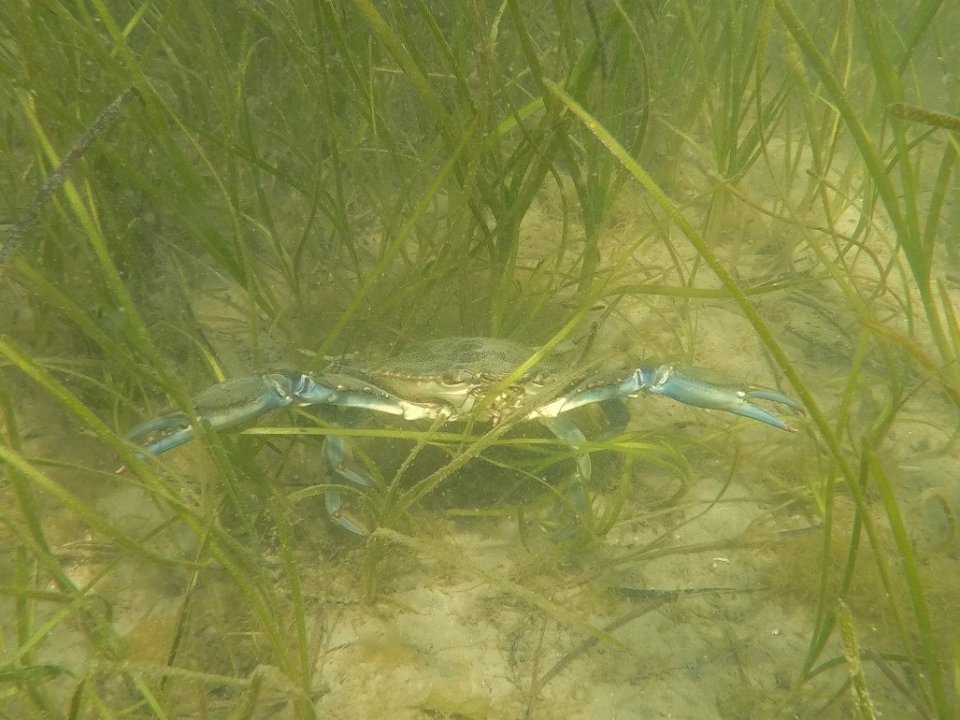

Following ROCS-Net and in collaboration with the NJ DEP, EPA Region 2 began sampling to better understand eelgrass meadow reproduction in Barnegat Bay, New Jersey – an EPA National Estuary Program. The objective of the sampling is to identify eelgrass meadows that have the highest flowering density and determine the seasonal timeframe where seeds are most viable for collection. This knowledge will be used to better understand which meadows should be used as “donors” for collecting seeds that can be used for future seed-based restoration projects in other areas.
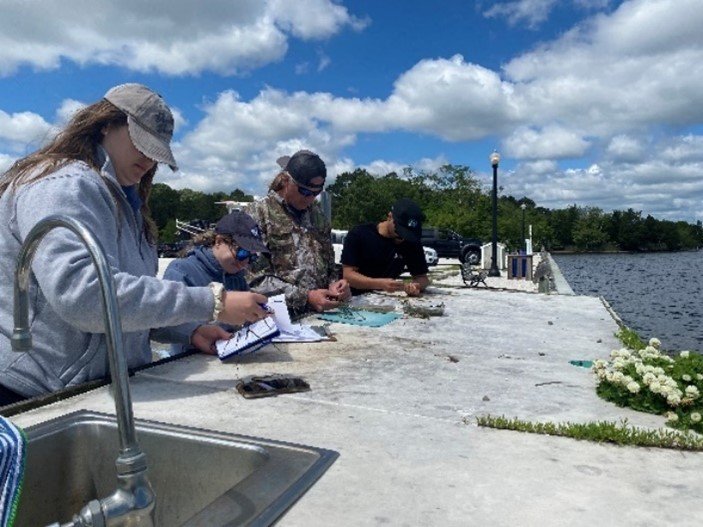
The sampling team visited the site weekly, until the seeds were released, including a visit in collaboration with EPA’s Environmental Response Team Dive Team. To conduct this eelgrass flowering density and seed maturity study, the team is using a standard operating procedure developed by EPA Region 1’s Phil Colarusso and Massachusetts Bays National Estuary Partnership’s Jill Carr.
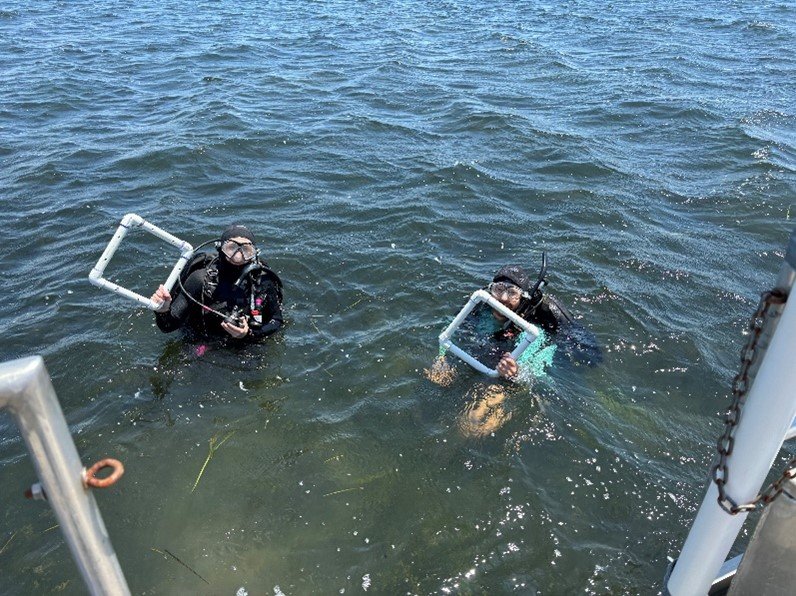
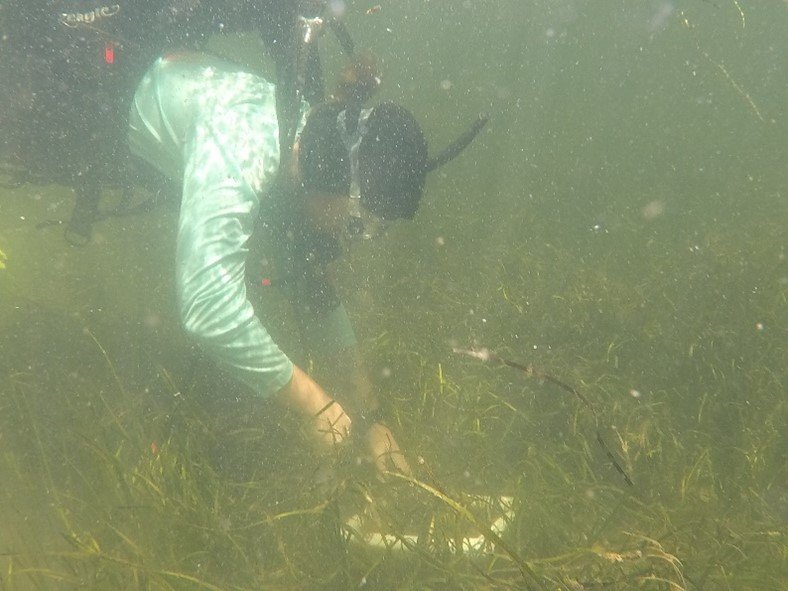
During the second week of sampling, Cayla, Della, and Nina reunited as part of the study and shared their appreciation for the 2023 ROCS-Net event as the genesis of their interagency relationships and collaboration.
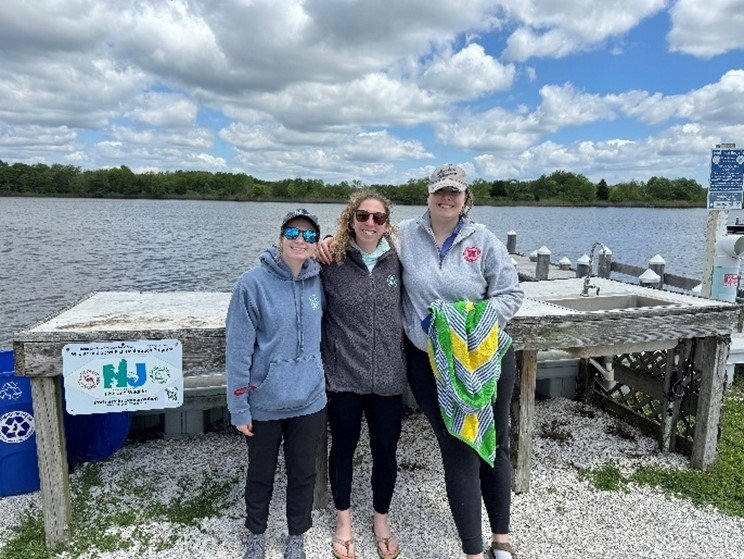
The data collected during this flowering study will be a part of a broader East Coast effort to understand eelgrass reproduction/utilization for restoration. Additionally, Nina and Della have plans to continue the study in the future for their respective states, with NYS DEC launching their study in the Great South Bay in June, and potential additional collaborations with Region 2 and ORD.
